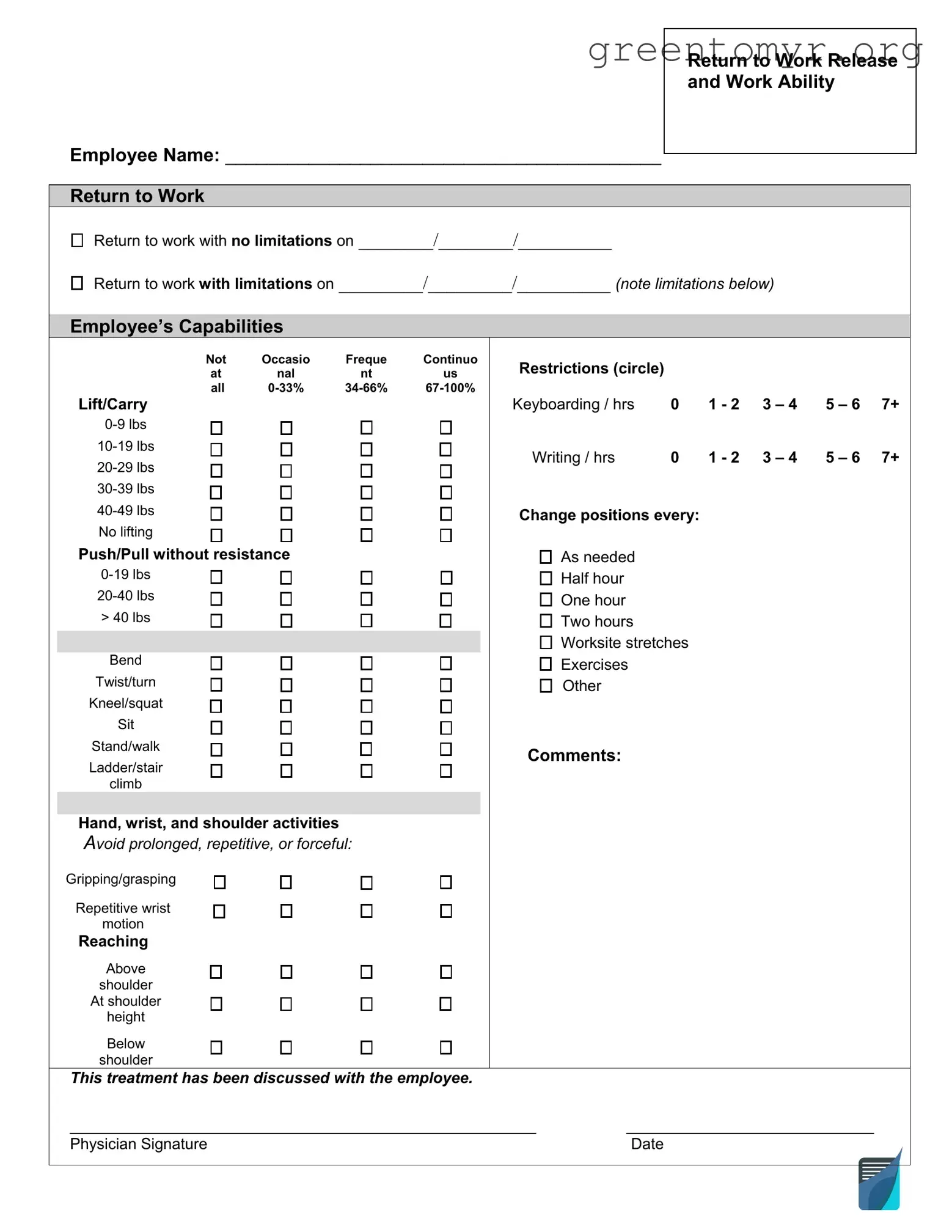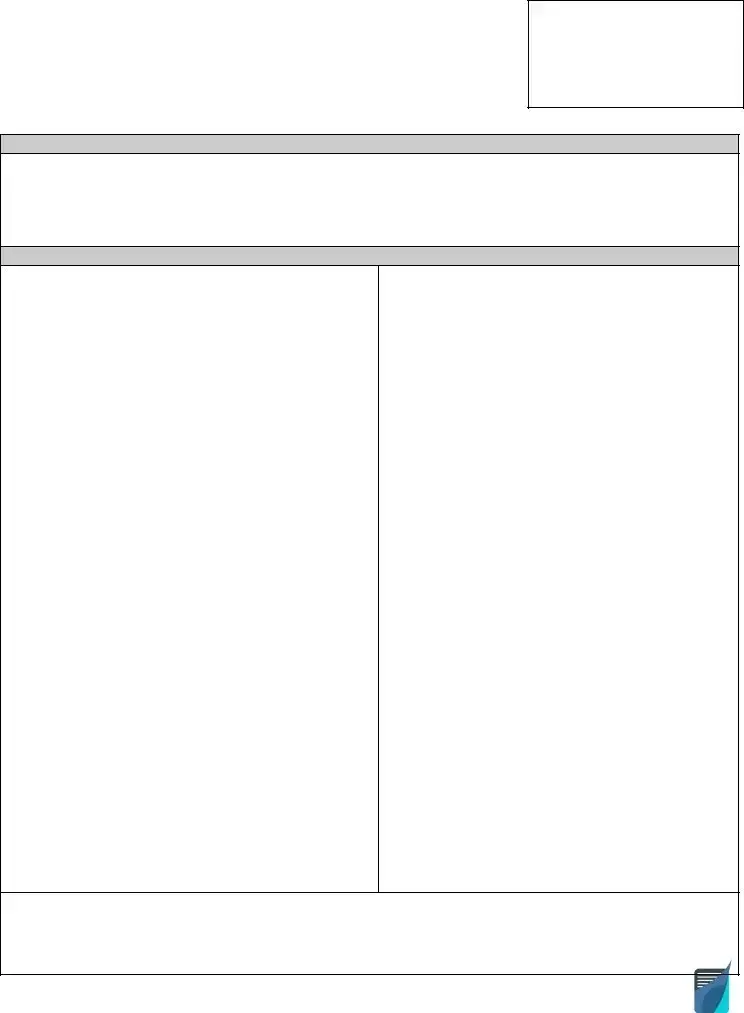Filling out the Work Release form can be straightforward, but mistakes often happen. Here are ten common errors that can lead to delays or misunderstandings.
One frequent mistake is not providing complete information. When filling out the section for personal details, ensure every required field is filled accurately. Leaving something blank can cause processing issues.
Another common error is mistaking the dates. Make sure to enter the correct start and end dates for the work release. Errors in date entry can affect eligibility and schedule approvals.
Signatures are crucial, yet they can be overlooked. Forgetting to sign the form is a big mistake that can hold up the entire process. Always double-check that both necessary signatures are present.
Some individuals misinterpret the purpose of the form. This can lead to providing irrelevant or incomplete information. Be clear on the criteria and requirements for the form to ensure all relevant details are included.
Inconsistent formatting can also lead to confusion. For example, if entering a phone number, stick to one format throughout the document. This minimizes miscommunication and helps keep the information clear.
Many people overlook the importance of requesting additional time if necessary. If more time is needed to complete the form or to provide documentation, do not hesitate to ask. Proactive communication can prevent delays.
Some individuals fail to proofread the completed form. Spelling mistakes or incorrect figures can lead to complications. Always review the form carefully before submission to catch any errors.
Another issue arises when individuals do not read the instructions carefully. Each section may have specific requirements. Understanding these is essential to avoid misinterpretation and incomplete submissions.
Providing outdated or incorrect personal information is also a mistake. Ensure that all contact details are current and match what is on file with the organization. This ensures they can reach you without issues.
Lastly, some forget to submit supporting documents. If specific documentation is required, it must be attached with the form. Missing paperwork can result in rejection, so always check for those requirements.

